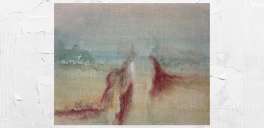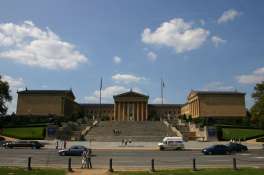Artists Colony Carlshöhe - Past
First blog part: The Past
Where should I begin and where should I end, since I am writing about an artists' colony that is important to me as the centre of my artistic work. Artists' colonies exist since the late 19th century. Some have survived over a long period of time until today, some are forgotten. A lot has been written about artists' colonies.
As a person from the north of Germany, the artist colonies of the North are close to me, for example Ferch, Ahrenshoop, Schwaan, Hiddensee, Fischerhude and Worpswede. Dr. Martina Kral described this beautifully in her blog article «Places of longing – the history of artists colonies».
As an artist living in Schleswig-Holstein, which is the land between the seas bordering Denmark, the Skagenpainters, the Fyn painters, the Bornholm painters and, last but not least, the Odsherred painters with their artist colonies are important references. At this point I would like to refer to a catalogue book «Das Dänemark der Künstlerkolonien» («The Denmark of the Artists' Colonies»). It can be ordered online here, as the catalogue is not available in bookshops. I would like to tell you about the artists' colony of Carlshöhe. I myself am a part of this artists' colony, I co-founded it and built it up. Something like this can never be done alone; it takes a lot of great people, whether artists or patrons.
The Carlshöhe is a former navy barracks.
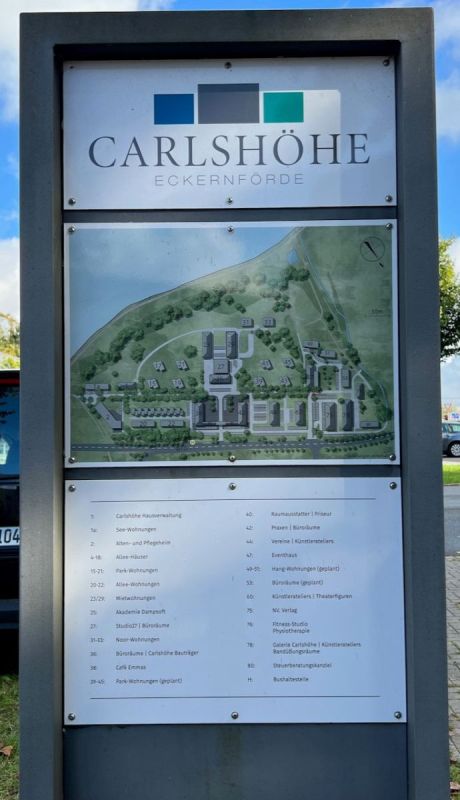
It is beautifully situated in the west of west of Eckernförde high above the Windebyer Noor. In 2019, the self-published chronicle «Chronik Carlshöhe Eckernförde» («The Carlshöhe Eckernförde Chronicle») was published by Carlshöher Bauträger GmbH & Co. KG. The author In this chronicle, the author Dieter Hammerich describes the history of Carlshöhe very impressively. Dieter Hammerich has collected many old written documents from archives, old photos of the site, old field maps of Carlshöhe and the area around Windybyer Noor.
At this point I can only give a small insight into the beginnings of Carlshöhe, which today has become a modern, lively district of Eckernförde, home to what is probably the largest modern artists' colony in northern Germany. In 1908, the Hamburg merchant Johann Heinrich Carl Freiherr von Schröder bought the Carlshöhe and converted the nursery which was originally located there into an estate business. In 1934 the Navy bought the site. Used as barracks during the war, from 1945 to 1956 the site first became a refugee camp, later a military hospital and then a school for the state customs/state fire brigade and state police. From 1956 to 2001, the Carlshöhe barracks were the Training facility for special units of the German Navy and later the Navy's telecommunications school.
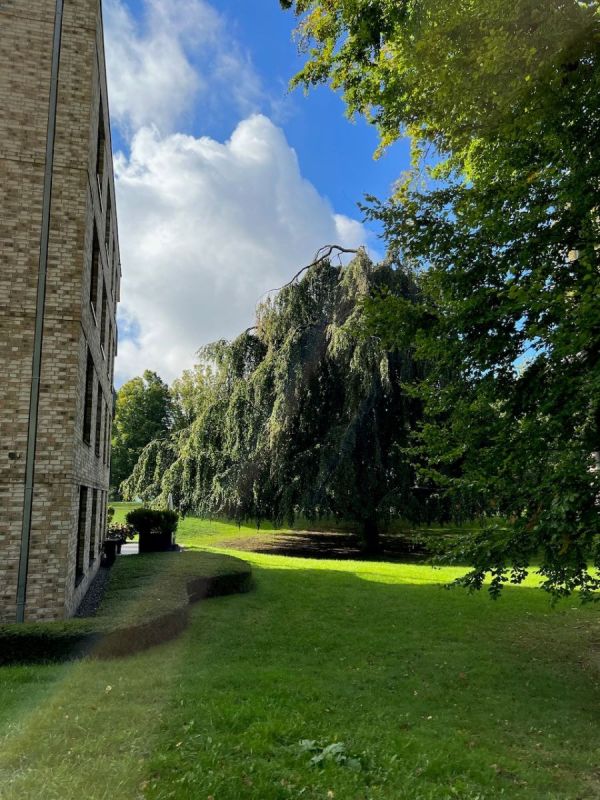
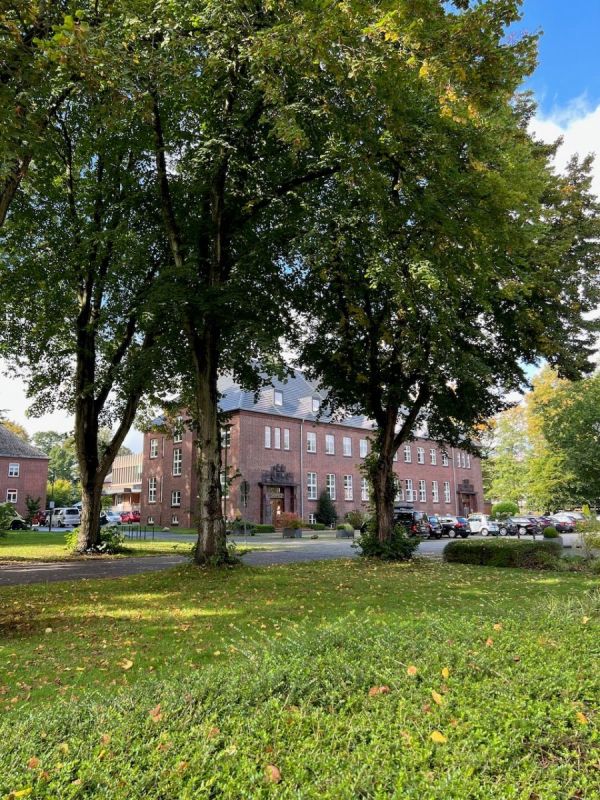
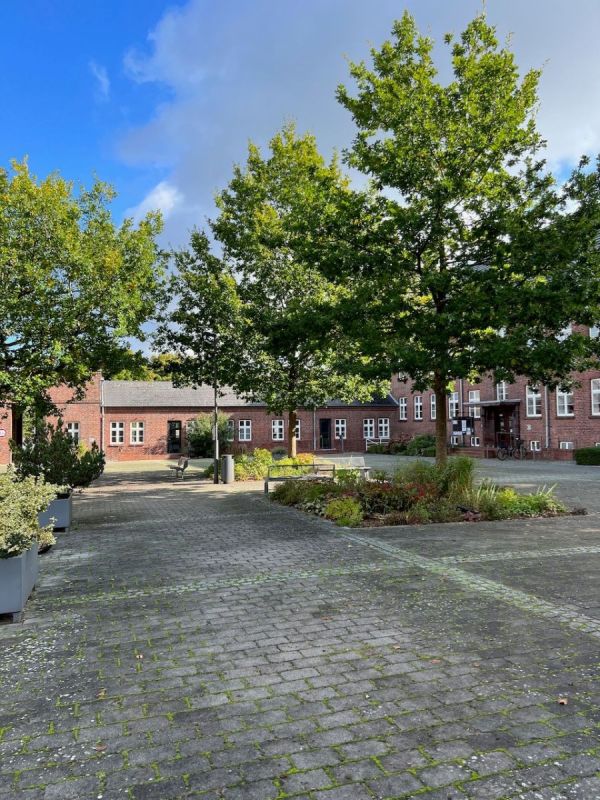
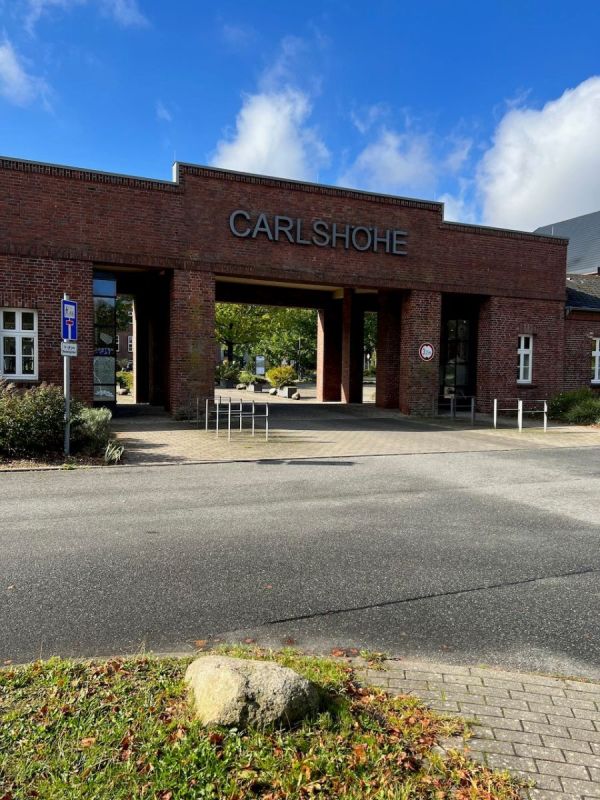
In 2001, Carlshöhe was abandoned as a military base. In 2002, the entrance ensemble was declared a protected monument; so were some other buildings on the site. Nothing happened on the site for seven years. Nature reclaimed what belonged to it when it was still home to a garden centre. The site became overgrown and once again turned into a natural area with a forest and a beautiful variety of plants. In February 2008, the Greifenberg family bought the Carlshöhe site. In the foreword to the Carlshöhe Eckernförde chronicle by Dieter Hammerich, Wolfram Greifenberg writes the following, and I quote: «When I bought the former Carlshöhe barracks in 2008, I had the vision of turning it into a lively district of Eckernförde. People should live, work, enjoy culture, have fun, do sports and enjoy nature there. My wife, my sons and I have, each in his place and according to his or her own abilities, created the platforms for this vision to become reality. But it is the people who use this platform that have made the vision a reality. One of my personal motives in life is «idealism». My wish that many people who think and act idealistically, each according to his or her «ability», contribute to Carlshöhe has been fulfilled to a great extent.»
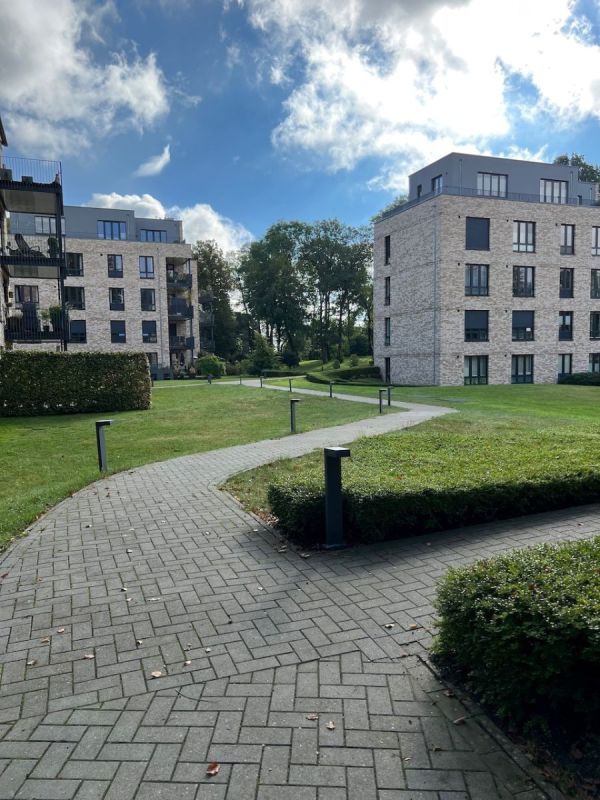
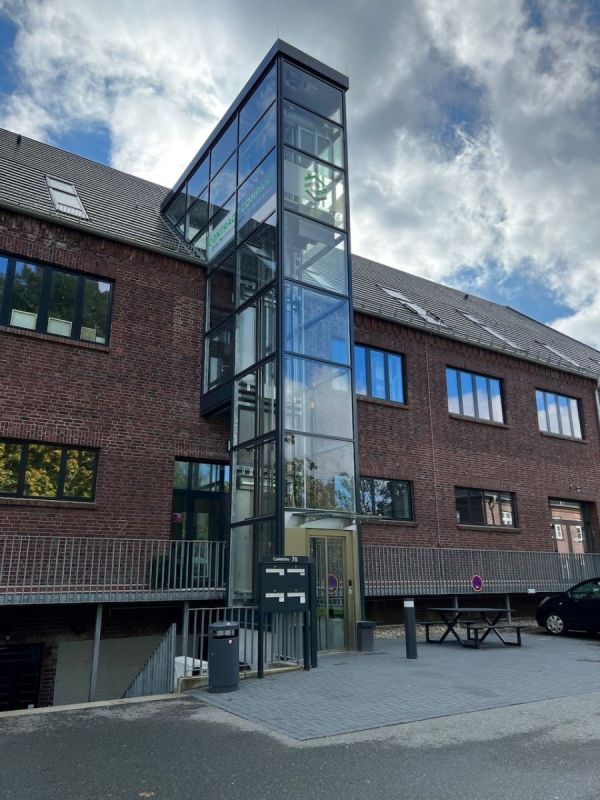
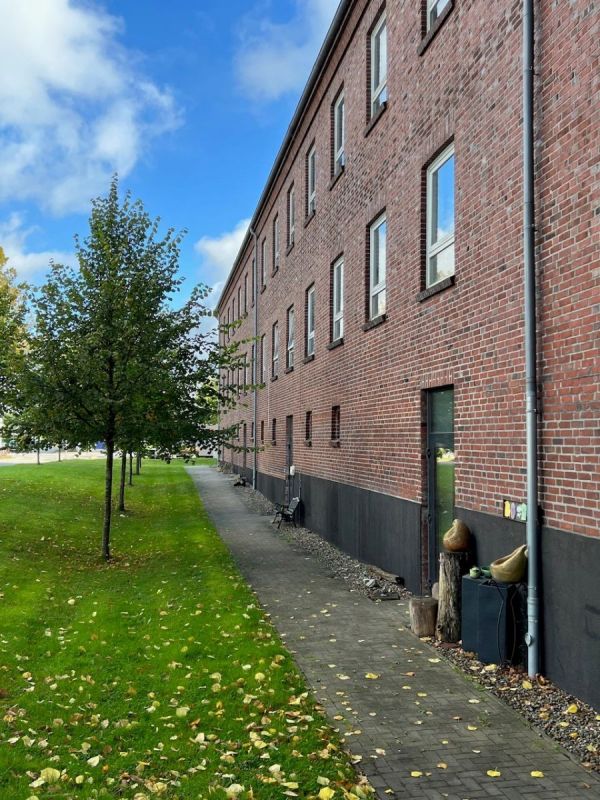
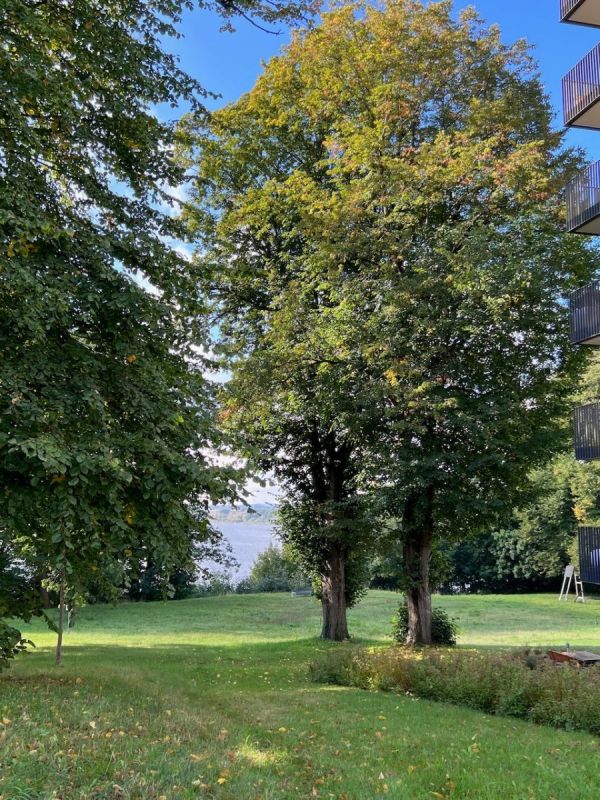
A vision has come true. Today, in 2022, Carlshöhe has become just that: a lively district of Eckernförde with lots of nature and culture - joie de vivre, in fact. The Greifenberg family is inseparably connected with this development.
But how and when did the artists discover Carlshöhe for themselves? When did the Carlshöhe become a colony for artists? I would like to talk about this in my next blog: When artists discovered the Carlshöhe for themselves.
Margit Buß



